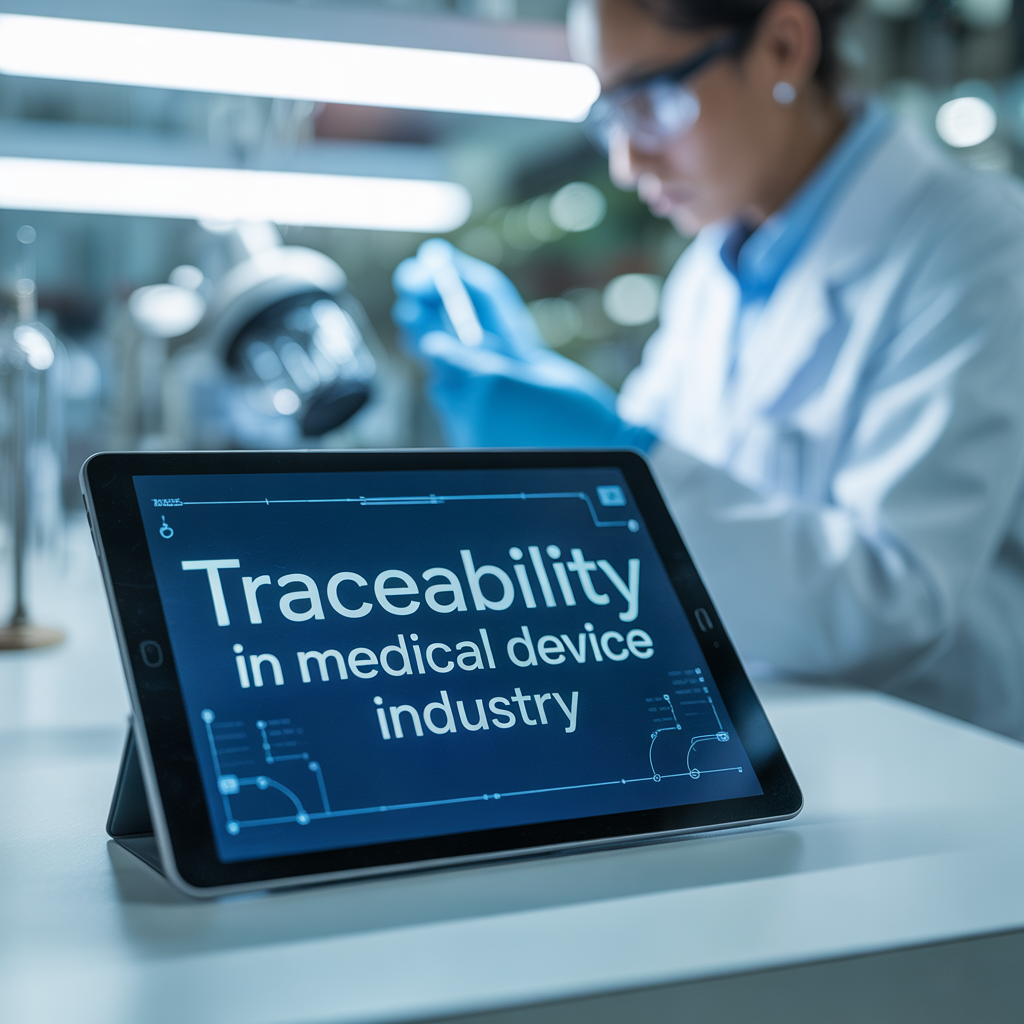
Risk management is the cornerstone of medical device manufacturing, ensuring patient safety, regulatory compliance, and product reliability. As healthcare technology evolves, the stakes have never been higher. A robust risk management system can prevent costly mistakes, safeguard lives, and protect a company’s reputation. Let’s delve into why risk management is indispensable and explore a real-world case of a recall that could have been avoided with better processes.
Why Risk Management Matters
In the medical device industry, risks stem from various sources: design flaws, manufacturing errors, user-related hazards, and more. Standards like ISO 14971 require manufacturers to proactively identify, evaluate, and mitigate these risks. Effective risk management enables organizations to:
- Prevent Product Failures: Early detection and mitigation of risks reduce device malfunctions.
- Ensure Regulatory Compliance: Satisfying global standards like ISO 14971 and FDA guidelines avoids legal penalties.
- Protect Patient Safety: Mitigating risks directly contributes to patient welfare and trust in the device.
The Recall: A Real-Time Example
The Issue
In 2019, a medical device company recalled their insulin pumps due to a defective retainer ring. This component was prone to malfunction, causing incorrect insulin dosing, which led to severe hypoglycemia, hyperglycemia, and in some cases, fatalities. Over 322,000 units were affected, and the recall garnered significant public and regulatory attention.
How Could This Recall Have Been Prevented?
The incident highlights gaps in risk management:
- Design Failure Detection: A robust DFMEA (Design Failure Mode and Effects Analysis) process could have identified the likelihood of the retainer ring malfunctioning during the design phase.
- Process Risk Mitigation: A PFMEA (Process Failure Mode and Effects Analysis) could have uncovered manufacturing vulnerabilities, enabling corrective actions before distribution.
- Real-Time Risk Monitoring: An integrated risk management system would have tracked complaints and flagged recurring issues, prompting earlier intervention.
How a Proper Risk Management System Helps Avoid Recalls
A centralized risk management system provides:
- Automated Risk Calculations: Identify high-risk areas based on predefined thresholds.
- Integrated Risk Alerts: Notify stakeholders of emerging issues, enabling rapid corrective actions.
- Traceability and Compliance: Document every step of risk evaluation and mitigation to meet regulatory standards.
- Real-Time Data Analysis: Monitor product performance in the field to detect and address issues proactively.
Orcanos: Your Partner in Risk Management
Orcanos Risk Management Software empowers medical device manufacturers to avoid costly recalls by automating processes, connecting risk data with design and quality modules, and ensuring ISO 14971 compliance. Features like FMEA support, real-time alerts, and automated RMF documentation streamline workflows and mitigate risks before they escalate.
Conclusion
The company recall serves as a cautionary tale about the importance of effective risk management in medical device manufacturing. By investing in the right systems and processes, companies can protect both their customers and their reputation.
FAQs About Risk Management in Medical Devices
1. What is the purpose of risk management in medical device manufacturing?
Risk management in medical devices aims to identify, evaluate, and mitigate risks associated with a device throughout its lifecycle. This process ensures the safety and effectiveness of the device for patients and users, while also complying with global standards like ISO 14971.
2. How does ISO 14971 impact medical device risk management?
ISO 14971 is the internationally recognized standard for managing risks in medical devices. It provides a framework for identifying hazards, evaluating associated risks, and implementing controls to minimize or eliminate those risks, ensuring compliance with regulatory bodies like the FDA or EU MDR.
3. What are common tools used in medical device risk management?
Some common tools used include:
- FMEA (Failure Mode and Effects Analysis): Identifies potential failure modes and their effects.
- Fault Tree Analysis (FTA): Visualizes potential causes of system failures.
- Hazard Analysis: Focuses on identifying potential hazards in a system.
These tools help manufacturers systematically assess and mitigate risks.
4. Why is continuous monitoring important in medical device risk management?
Continuous monitoring ensures that risks are tracked and managed throughout the device lifecycle, even after it’s launched. This helps identify emerging issues, such as user feedback or unexpected failures, allowing manufacturers to implement corrective actions promptly and avoid recalls.
5. What are the consequences of ineffective risk management in medical devices?
Ineffective risk management can lead to product recalls, regulatory penalties, loss of market trust, and most importantly, harm to patients or users. These consequences highlight the critical need for robust risk management processes in medical device manufacturing.
Related Links






































